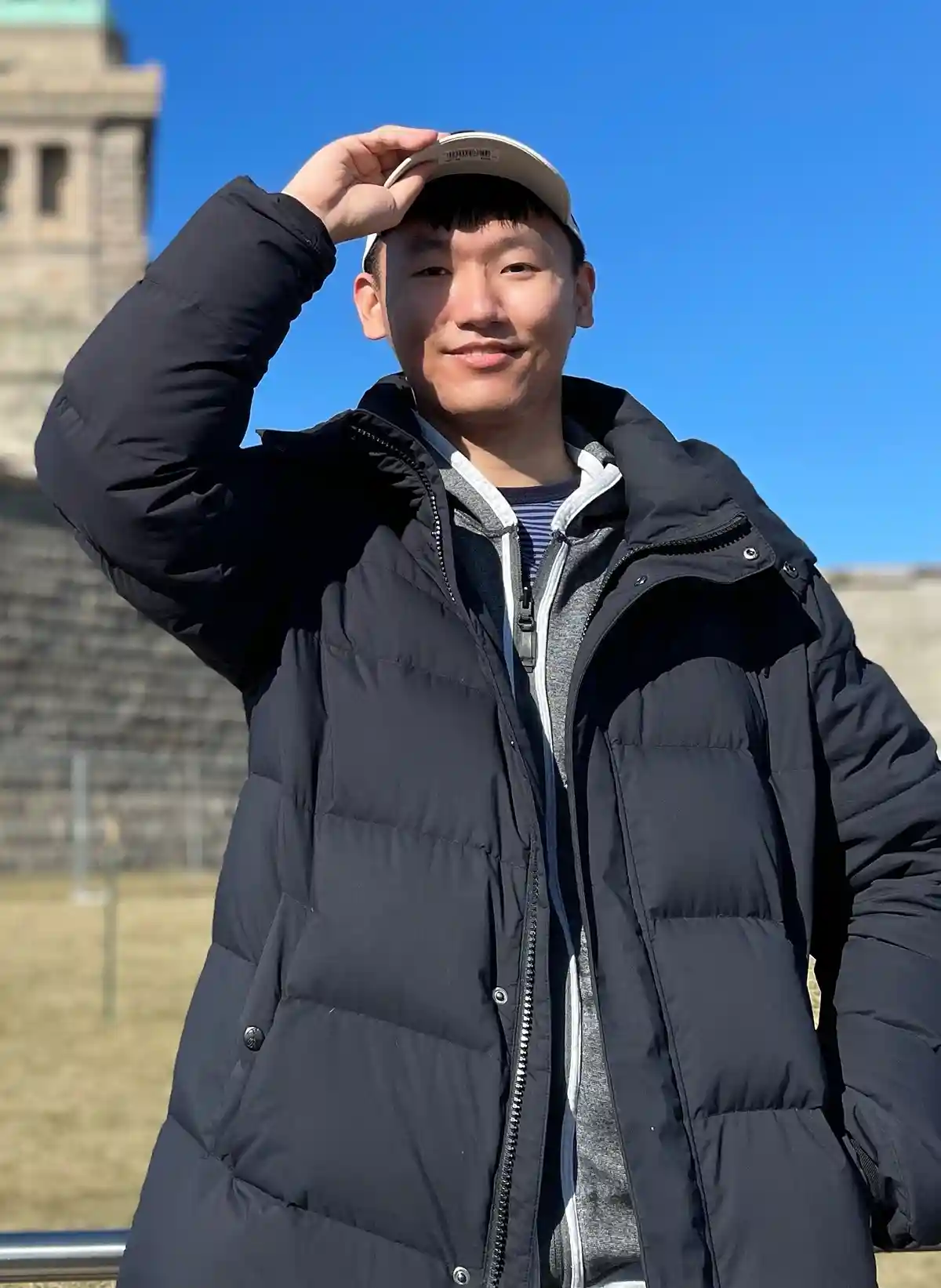Meet a Participant: Diyi Liu

Computing free energy on the quantum scale
Diyi Liu always had an interest in higher mathematics, thanks in part to his inspiring junior high math teacher. Whenever a student solved a math problem, the teacher invited them to the front of the class to share the solution. It was there Liu realized he enjoyed sharing his knowledge. He took his inspiration to Zhiyuan College in Shanghai Jiao Tong University, China, where he earned his undergraduate degree in mathematics.
Liu became interested in the field of computational mathematics when he began thinking about how computers could be used to simulate and solve real world problems. This led to his search for opportunities offered through the Oak Ridge Institute for Science and Education (ORISE). Liu accepted an internship through the National Science Foundation’s (NSF) Mathematical Sciences Graduate Internship (MSGI) Program, where he explored how quantum computing could simulate physical properties on the quantum scale.
The NSF MSGI Program provides research opportunities for mathematical sciences doctoral students; allowing them to participate in internships at national laboratories and other research facilities. NSF MSGI provides hands-on experiences for the use of mathematics in a nonacademic setting.
With his mentors, Katie Klymko and Lindsay Bassman, Liu focused on free energy within quantum computing at the Lawrence Berkeley National Laboratory (LBNL). Free energy is a physical property that describes the amount of work that can be done by a thermodynamic system.
“I used a quantum computer to compute free energy, which is a time-consuming task for classical computation when the physical system is large and you want to compute the quantity on quantum scale,” he explained. “Together with my mentors, we showed that the quantum computer can be used to compute free energy differences and analyze the algorithmic complexity of Markov chain Monte Carlo (MCMC) on Quantum Devices.”
A Markov chain is a model that predicts possible events based upon past events. It is used to attempt to find a specific outcome. For Liu and his team, this meant trial and error as they tested their Markov chain’s length to achieve higher prediction accuracy on quantum devices.
“Quantum technology gives hope of computing free energy in a fast and accurate way on the quantum scale,” Liu said. He hopes his research will be used to advance the field.
The program allowed him to view the study of quantum computing through the lens of his traditional mathematics background, says Liu. He was glad to learn that quantum technology isn’t a futuristic technology, but rather a real and tangible science. In the future, Liu wants to continue studying quantum computing from the perspective of numerical analysis.
Liu’s research at LBNL was included in an article titled “Computing free energies with fluctuation relations on quantum computers” in the journal Physical Review Letters.
He recommends the NSF MSGI program and said that it is a great opportunity.
“Doing research at a federal research facility is different from doing research in the industry. For a graduate student, it would be good to be exposed to both environments,” said Liu.
Today, Liu is in his third year at the University of Minnesota working toward a mathematics doctoral degree. Until then, he will continue researching and sharing his knowledge as a student.
The NSF MSGI Program is funded by NSF and administered through the U.S. Department of Energy’s (DOE) Oak Ridge Institute for Science and Education (ORISE). ORISE is managed for DOE by ORAU.


